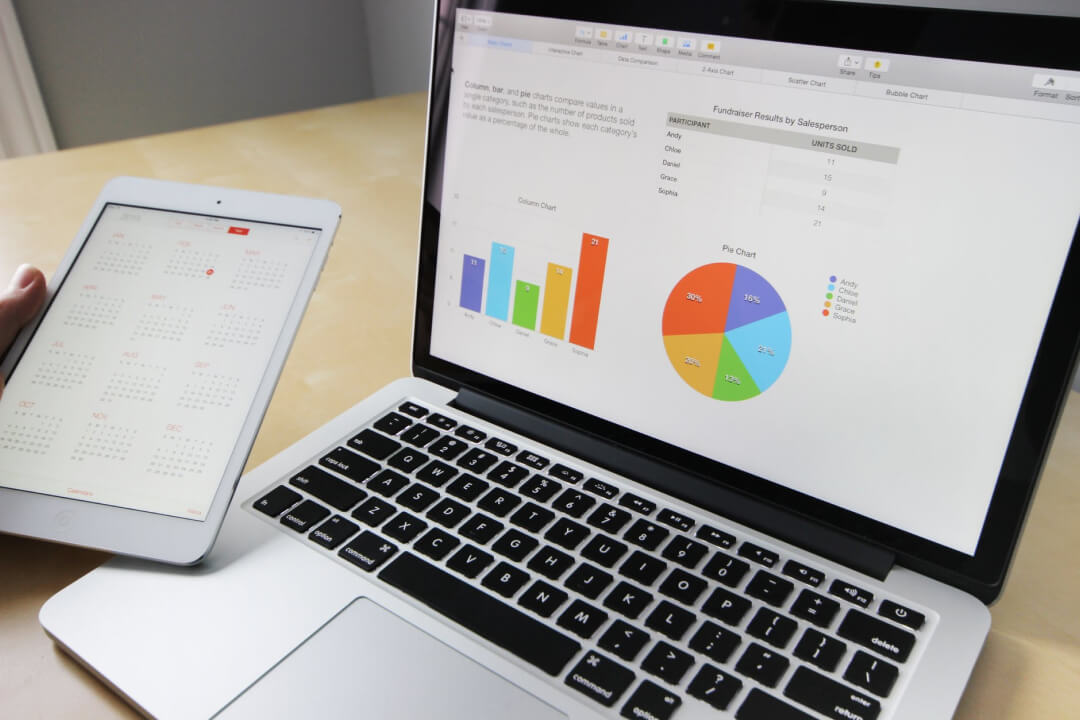
Six Powerful Communication tips to improve communication between providers and participants. Communication can cause problems for both provider and participant. It can make it harder for the provider to get the information that they need to assist the participant. It can make it harder for participants to get the support they need. These barriers can happen for different reasons, but both providers and participants can take steps to improve communication. The communication barriers can also happen if the providers have a disability too. What are some ways to improve communication between provider and participant.
 1 – Language
1 – Language
Cultural and language differences are a big issue for participants where English is not the preferred language. The participant may understand some English or the participant may not be familiar with words. It can even come down to different meanings of words dependent on which part of Australia you come from. Some people use cardigan, and others use jumper and it means the same thing, a woolen jacket to keep you warm.
Providers can offer translators and information in the participant’s language. If there are technical wording in documents provide a meaning for the word at a reading level of a 12 year old. The participant can ask for a translator or information in their preferred language. They can also bring a family member or friend to help communicate. If something isn’t clear, participants can ask the provider to explain things in simpler words or ask for written explanations they can review later.
 2 – Disability Specific Communication
2 – Disability Specific Communication
Participants may have hearing impairments, speech impairments, vision impairments or other sensory impairments that require the use of particular strategies. It is important the participant tells the provider before the first meeting of their communication needs. This includes digital communication.
The participant may require that all information is written in a digital format that is accessible via assistive technology tools such as screen readers. The participant may require text messages and emails instead of phone calls.
It is the providers responsibility to ensure that all t heir digital content meets the Digital Accessibility Standards for Australia, AS EN 301 549:2020. Get some training in how to make documents accessible. Ensure that all forms are available in a digital format that is accessible.
If the participant has cognitive or intellectual disabilities they may may have trouble understanding complex information if it’s not simplified. Providers need to have a simple reading version of their information available. Participants (or their caregivers) can ask for simple, step-by-step explanations or visual aids to help understand the information.

3 – Technology Barriers
Some participants may not be familiar with online tools or apps that providers use for booking services or managing their plans. This can happen if the provider is using third party applications that either are not digitally accessible or the participant has no skills in digital technology.
It is important that the provider explores with the participant the reasons for not being able to manage the online tools. The participant will have a preferred method of communicating. If it is a case of the tools not meeting Australian Digital Accessibility Standards then the provider needs to report to the third party provider the issue of digital accessibility. It is the responsibility of the owner of the aps to ensure that digital accessibility standards are met. If necessary, explain that they are breaking the Disability Discrimination Act 1992.
If it is a case that the participant does not have the technology skills then that may be a new goal for the participant if they are interested. If not, provide the information on paper in a format that meets the participants needs.

4 – Lack of Personalisation
Another barrier is the one size fits all approach. That is the communication is not tailored to the specific needs of each participant, which can make participants feel misunderstood. In this case, it is the responsibility of the participant to speak up about how they prefer to receive information, whether that’s in writing, in-person meetings, or through simplified explanations.
There will be times when providers may not always make sure participants fully understand the information given, leading to confusion. Providers might consider using the ACC (Acknowledge, Clarify and Confirm) strategy. That is, get the participant to acknowledge that you are discussing a particular subject. Ask open questions, questions that have require a person to explain what is being discussed. This will enable the provider to clarify any missed information.

5 – Emotional Barriers
Some participants may be afraid to speak up if they feel their needs won’t be understood or respected. They may have had years of being told that it is normal for them not to understand. They might have had bad experiences before and not be willing to communicate or trust new providers.
Participants should try to be open about their concerns and needs, and if they feel unheard, they can ask for support from an advocate or bring a family member to help. Tell the providers of previous issues to ensure that the provider understands where the participant is coming from. The provider should ensure that all staff working with the participant knows of the issues beforehand. Providers need to give the participant time to learn to trust them.

6 – Confusion
The changes in NDIS rules are confusing for both provider and participant. It is hard for everyone to keep up. Both provider and participant need to be open about this issue. It is normal to be confused as NDIS wording can be confusing. In this case, it may be necessary to do research.
Participants have the right to request documents from the NDIS that meet their communication needs. The documents should meet the Digital Accessibility Guidelines and if they don’t it is the responsibility of the NDIS to provide them. This includes easy read documents.
Providers also have the right to request information from the NDIS in a form that meets their needs. After all, the Digital Accessibility Standards applies to everyone in the community.

It is Everyone
These six powerful communication tips will not only enhance the communication between the provider, participant and staff. It will create a team that will
work well as the communication needs of everyone is met. This
will lead to better communication leading to better understanding, trust, and
support.
It also provides great marketing for your business.
